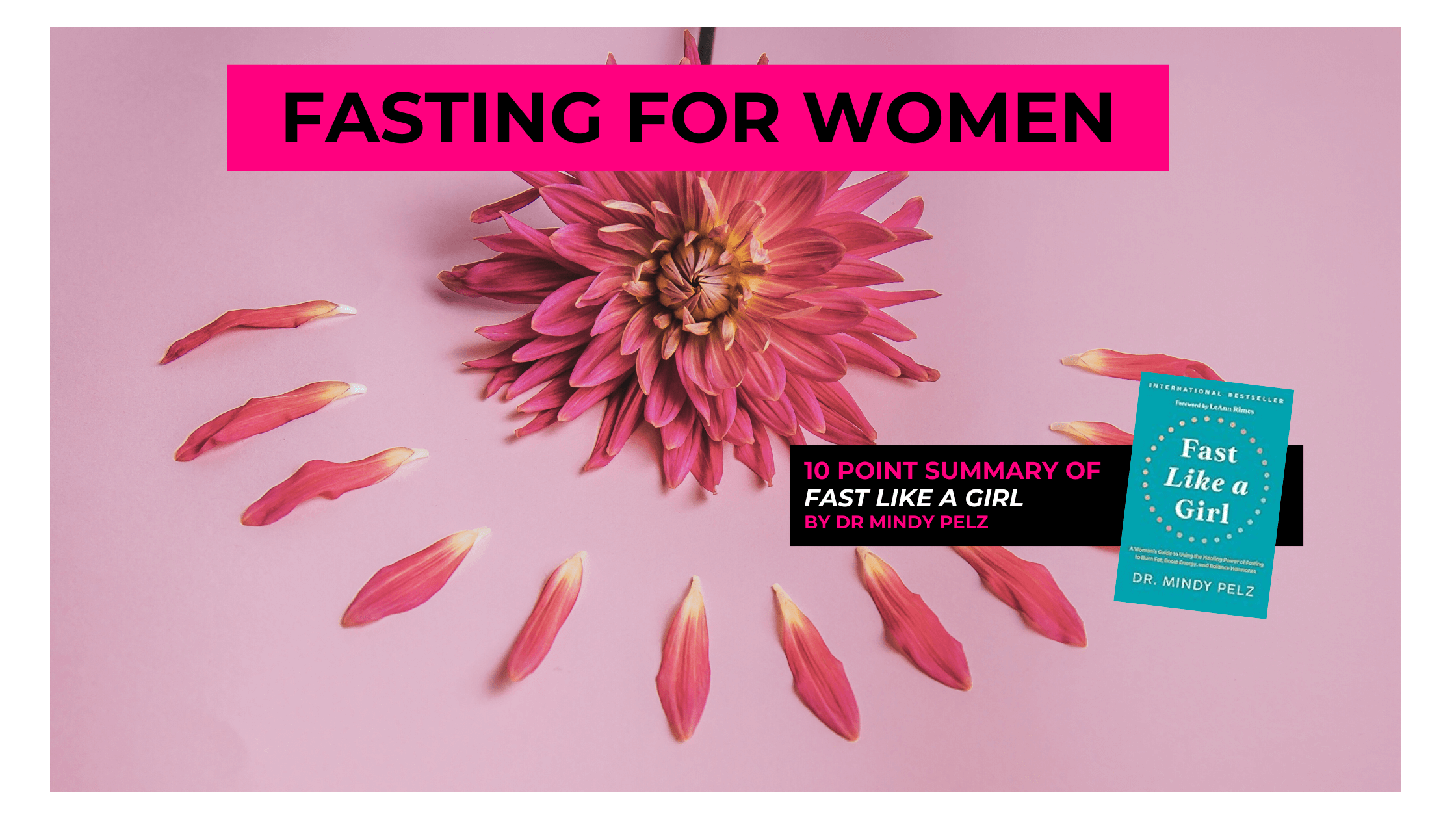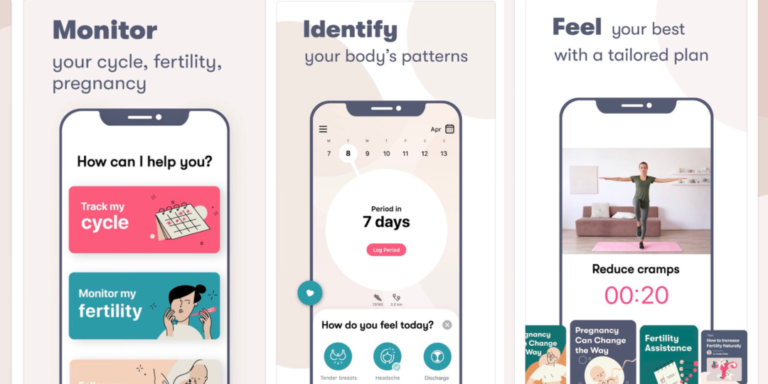HOW TO FAST FOR WOMEN: 10 Essential Fasting Tips from Dr. Mindy Pelz’s Fast Like a Girl. SUMMARY
Navigating fasting and diet can be challenging, especially for women whose nutritional needs fluctuate throughout the menstrual cycle. Dr. Mindy Pelz’s Fast Like a Girl offers a unique, cycle-based approach to fasting tailored specifically for women. Here’s a breakdown of her top strategies to help you sync your fasting with your cycle phases and optimize your health.
1. Follicular Phase (Days 1-14): experiment with longer Fasting Window
During the follicular phase, your energy levels are typically higher, and your body is more adaptable. This makes it the perfect time to experiment with intermittent fasting or extend your fasting windows. You’ll likely find fasting easier during this phase.
Tip: If you feel more energetic and less hungry, try gradually extending your fasting period to see how your body responds.
2. Ovulatory Phase (Days 14-21): priorize Protein
As you approach ovulation, your metabolism speeds up. This is the ideal time to focus on high-protein meals to support muscle health and maintain energy. Incorporating protein-rich foods will help keep you full and satisfied throughout the day.
Tip: Notice yourself getting hungrier during this phase? Balancing your meals with high-quality protein can curb cravings and keep energy steady.
3. Luteal Phase (Days 21-28): Manage Cravings with Healthy Fats
Hormonal fluctuations during the luteal phase often lead to increased cravings and mood swings. Incorporate healthy fats, such as avocados, nuts, and seeds, to stabilize your mood and manage cravings. These fats provide slow-burning energy and support hormonal balance.
Tip: Cravings for comfort foods are normal. Reach for nutrient-dense fats to stay on track with your health goals.
4. Menstrual Phase (Days 1-7): shorten Your Fasting window
During your menstrual phase, your body may need more rest and nutrients. Shorten your fasting window if needed, and focus on replenishing with iron-rich foods. Listen to your body and adjust your fasting habits based on how you feel.
Tip: Feeling fatigued? It’s perfectly okay to reduce your fasting hours and prioritize nutrient-dense meals during this time.
5. Hormonal Balance: Incorporate Omega-3s and Fiber
Hormonal balance is key throughout the entire cycle. Omega-3 fatty acids (found in salmon, chia seeds, and flaxseeds) and fiber (from vegetables and whole grains) help maintain stable hormone levels and support overall health.
Tip: Incorporating these nutrients daily will help keep hormones in check and improve fasting results.
6. Stress Management: include Magnesium-Rich Foods
Stress can disrupt fasting and impact overall health. Adding magnesium-rich foods, such as leafy greens, almonds, and dark chocolate, to your diet can reduce stress and promote relaxation.
Tip: If you feel stress creeping in, magnesium-rich snacks can help you relax and stay focused on your fasting routine.
7. Adjust Caloric Intake for metabolic changes
Your metabolism fluctuates with your cycle. During the luteal phase, slightly increase your caloric intake to meet your body’s energy demands, and reduce it during the follicular phase when your metabolism slows down. This adjustment helps your body manage fasting more efficiently.
Tip: Track how your energy and hunger levels change throughout the month to better manage your caloric intake.
8. Nutrient Timing: align meals with your cycle
When you eat can be just as important as what you eat. Kickstart your metabolism by consuming protein-rich foods in the morning and adjust nutrient timing according to your energy levels during each phase.
Tip: Planning meals around your cycle helps you align your fasting and nutrient intake for better results.
9. Hydration: Adjust Based on Your Cycle phases
Hydration needs change depending on your cycle phase. Increase water intake during the menstrual phase to stay hydrated and reduce bloating, as hydration plays a critical role in supporting fasting and overall health.
Tip: Monitor your water intake closely, especially during your period, to keep your body balanced.
10. Track Your Cycle: use a Journal for better results
Tracking your cycle and how your body responds to fasting can help you refine your fasting strategy. Maintaining a journal to log symptoms, energy levels, and food choices allows you to make informed adjustments over time.
Tip: Use your journal to spot patterns and fine-tune your fasting approach for better results month by month.
Summary:
Dr. Mindy Pelz’s Fast Like a Girl provides valuable insights into aligning fasting with the menstrual cycle. By tailoring your fasting strategy to each phase, you can enhance your health and well-being. Here’s a quick recap of the top 10 tips:
- Follicular Phase: Experiment with longer fasting windows.
- Ovulatory Phase: Increase protein intake to support metabolism
- Luteal Phase: Manage cravings with healthy fats.
- Menstrual Phase: Adjust fasting and focus on iron-rich foods.
- Hormonal Balance: Include omega-3s and fiber daily
- Stress Management: Include magnesium-rich foods to stay calm.
- Metabolic Variability: Adjust caloric intake to match your cycle.
- Nutrient Timing: Plan meals to align with your fasting schedule.
- Hydration: Increase water intake during menstruation.
- Track Your Cycle: Use a journal to personalize your fasting strategy.
By aligning your fasting with the phases of your menstrual cycle, you can optimize both your health and fasting outcomes, making the process smoother and more effective. Start tracking today and see the positive impact on your well-being.







